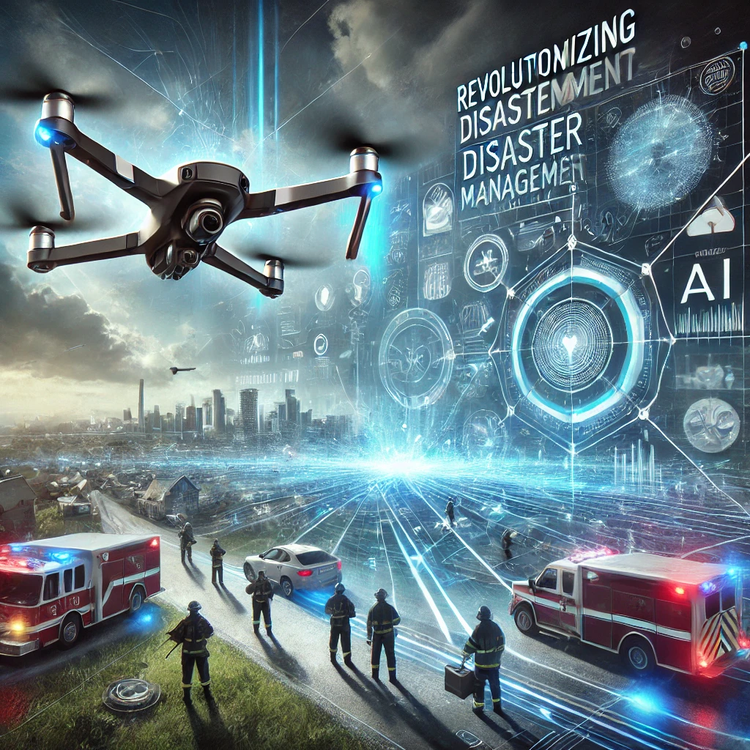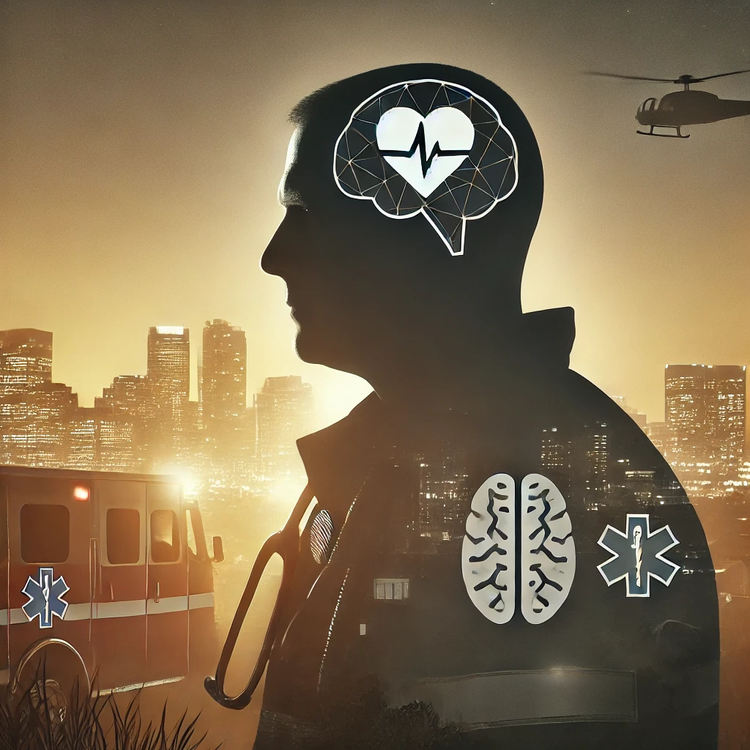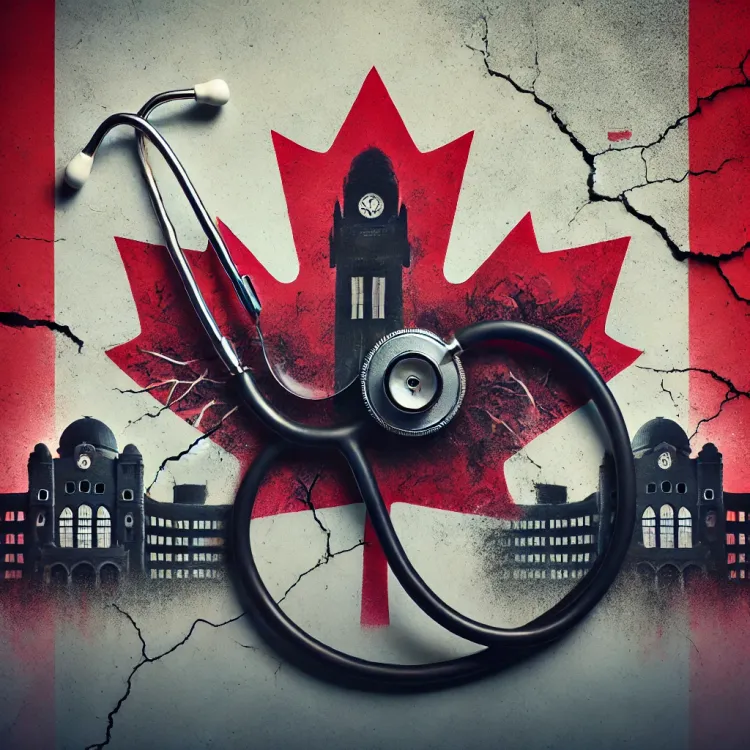Revolutionizing Emergency Medicine Policy: Unleashing Innovative Solutions from Around the Globe

This week — May 21 through May 27 is (Inter)national EMS week, celebrating the un-caped hero’s driving the forward response to healthcare. I have the honor and privilege to be part of the EMS/EMT family and community, and in honor of EMS week I thought I would highlight the scale and size of global innovations that reshape and revolutionize the emergency medical and emergency response — on a whole other level.
~~~~~~~~~~~~~~~~~~~~~~~~~
Emergency medicine is like a high-speed rollercoaster ride, where split-second decisions can save lives. But keeping up with the ever-changing landscape of emergency care requires a fresh approach and a dash of innovation. In this article, we dive headfirst into the world of emergency medicine policy, exploring jaw-dropping best practices from across the globe. From cutting-edge triage systems to digital wonders and community heroes, fasten your seatbelts as we embark on a thrilling adventure through the most daring innovations in emergency medicine policy.
Firstly, Triage Systems and the Art of Sorting Chaos: picture a superhero squad instantly assessing who needs saving first. That's the power of a well-designed triage system. Take, for instance, the Manchester Triage System (MTS). This ingenious creation categorizes patients based on the severity of their conditions, ensuring that those hanging by a thread receive immediate attention, while the less critical cases get timely care. Countries like The Netherlands and Australia have nailed it, implementing the MTS with flying colors, resulting in smoother patient flow, reduced wait times, and a collective sigh of relief from all those waiting anxiously.
Next, let’s move on to Telemedicine: Emergency Care at the Speed of Light: In the era of technology, emergency care has broken free from the confines of hospital walls and gone digital. Say hello to telemedicine, the cape-wearing champion of remote consultations and triage. With telemedicine platforms, healthcare providers can don their virtual capes and swoop in to assess patients from afar. This not only saves unnecessary trips to the hospital but also ensures that those in genuine need receive prompt in-person care. The United States and Canada have embraced this digital revolution, speeding up access to care and rescuing healthcare budgets from distress.
Now that we have started talking about methods of delivery for EMS care —Regionalized Emergency Care: The Avengers of Healthcare: emergency medicine policy has its own superhero alliance: regionalized emergency care systems. These extraordinary networks coordinate emergency services across multiple healthcare facilities within a specific region. By matching patients with the most appropriate level of care, regionalization optimizes resources and prevents overcrowding. Trauma centers, stroke centers, and cardiac centers take center stage in this epic performance. The United Kingdom's Trauma Networks and the American College of Surgeons' Committee on Trauma have successfully assembled their superhero squads, resulting in better patient outcomes and lower mortality rates. We also have the Community Paramedics: Everyday Heroes to the Rescue: emergency care isn't just about hospitals and superheroes in scrubs; it's about taking the battle to the streets. Enter community paramedicine programs, where our everyday heroes—paramedics—extend their lifesaving skills beyond traditional boundaries. These non-caped crusaders provide non-emergency care and preventive services right in patients' homes or community clinics. Not only does this ease the burden on emergency departments, but it also ensures continuity of care and puts smiles on grateful faces. The United States' Mobile Integrated Healthcare (MIH) programs have taken this concept by storm, reducing unnecessary hospital admissions, and championing better health outcomes for high-risk patients. And my favorite batch of EMTs to grab a beer (well, coffee for me as I don’t drink) Disaster Preparedness: Saving the Day, No Matter What: emergencies come in all shapes and sizes, from earthquakes to zombie apocalypses (well, almost). To be prepared for anything, emergency medicine policy must be armed with robust disaster preparedness plans. Take Japan, the land of earthquakes, for example. They've invested heavily in advanced early warning systems, evacuation strategies, and extensive training programs for healthcare providers. But their secret weapon is the Incident Command System (ICS), coordinating emergency response efforts like a symphony conductor leading an orchestra. By learning from past incidents, countries can continuously fine-tune their emergency response policies, ensuring they're always one step ahead.
The sky is not the limit, as we jump into Innovations in Pre-hospital Care: From Ambulance Speedsters to Flying Doctors: emergency medicine policy isn't just about what happens inside the hospital walls. Pre-hospital care is a vital part of the emergency care continuum. Ambulances equipped with advanced life support systems, rapid response vehicles, and even air ambulances are the speedsters on a mission to save lives. Imagine a team of doctors and paramedics flying through the sky like superheroes, reaching remote or inaccessible areas with precision and swiftness. Countries like Australia and Germany have harnessed the power of aeromedical services, ensuring that help arrives at lightning speed, even in the most challenging locations.
But, to treat you need to train — and as an educator, I love the Simulation Centre sometimes just as much as being in the field. Innovative Training and Simulation, where the Training of Heroes for the Real Deal occurs. Emergency medicine policy thrives on continuous learning and training. But how do we train heroes for the real deal without putting lives at risk? Enter simulation-based training, a groundbreaking approach that immerses current and future healthcare providers in realistic scenarios to sharpen their skills. Simulated emergency departments, mannequins with realistic vital signs, and even virtual reality simulations create a safe and dynamic training environment. Institutions like the Center for Medical Simulation in Boston and the University of Stavanger in Norway are leading the charge, shaping confident and competent emergency care superheroes.
Now for the nerdy part of this piece, the two aspects that are as vital as the resting heart rate or the normal sinus rhythm — firstly, Data Analytics and Predictive Modeling: Unravelling the Chaos of Emergency Care: what if we could predict emergencies and allocate resources accordingly? Thanks to the power of data analytics and predictive modeling, emergency medicine policy is Unravelling the Chaos of emergency care. By analyzing vast amounts of data — patient records, historical trends, and population health information — healthcare systems can anticipate and prepare for surges in demand. This proactive approach allows for optimized resource allocation, reduced wait times, and better overall preparedness. The Emergency Department Dashboard in the United States and the National Early Warning Score (NEWS) in the United Kingdom are shining examples of harnessing data for superhero-level decision-making. Followed by Cross-Sector Collaboration: Avengers Assemble! Innovation in emergency medicine policy requires a team effort. Cross-Sector Collaboration brings together government agencies, healthcare providers, researchers, and community organizations, forming the Avengers of Emergency Care. Through partnerships and knowledge sharing, countries can pool resources, exchange best practices, and tackle common challenges. The World Health Organization's Emergency Medical Teams Initiative is a global collaboration that sets standards for emergency medical response, ensuring that superheroes join forces on a global scale.
In conclusion: emergency medicine policy isn't just about saving lives; it's about reimagining the way we deliver care during critical moments. From triage systems and telemedicine to regionalization, community heroes, disaster preparedness, innovative training, data analytics, and cross-sector collaboration, the world of emergency medicine is bursting with innovation and excitement.
As we soar into the future of emergency care, it's essential to embrace these daring innovations that have the power to revolutionize how we respond to emergencies. By becoming aware of and implementing these best practices from around the world, countries can become true superheroes, ensuring that every individual in need receives the timely and effective care they deserve.
So, fasten your capes, keep the spirit of adventure alive, and let's continue pushing boundaries, challenging conventions, and embracing the thrilling possibilities of emergency care. Together, let's revolutionize emergency medicine policy and make the world a safer place for all. Remember, the world of emergency medicine is an ever-evolving journey, and as we uncover new innovations and breakthroughs, we'll continue to refine and redefine how we save lives. Stay tuned for more incredible discoveries and daring adventures in the realm of emergency medicine policy!
Now, go forth and unleash your inner emergency care superhero!


